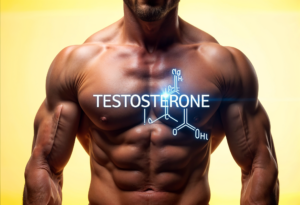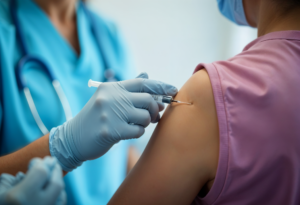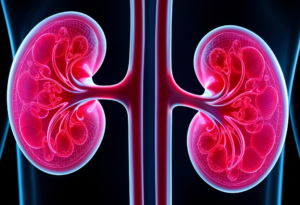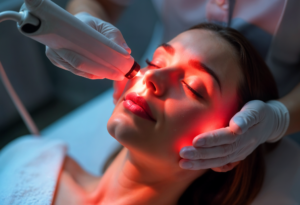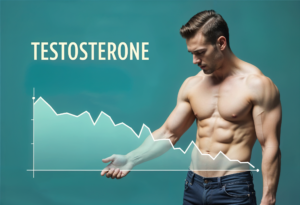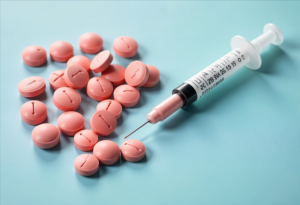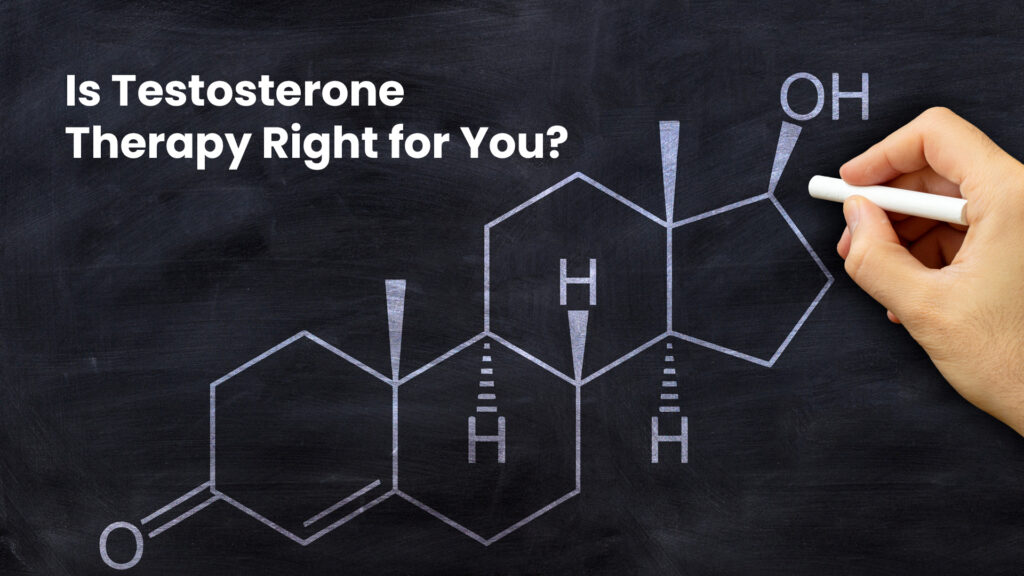
Testosterone is a male hormone that makes it easy for a man to retain muscle, bones, sexual drive, and performance. However, starting in the mid-30s, men actually lose an average of 1. 8% per year. Finally, that drop can result in poor testicular function or a low level of testosterone. This occurrence affects about 1 in every 5 men who are 60 years and above, and as the age increases, the chances are much higher. It is due to this they use testosterone therapy to catapult those low levels back to normal.
The name for the condition where men don’t produce enough testosterone is hypogonadism. Signs of hypogonadism in men and people with male anatomy include low intimacy drive, sparse facial and body hair, and fewer spontaneous erections. Prescriptions for testosterone therapy are becoming more common. Testosterone is used primarily to treat symptoms of sexual dysfunction. Potential benefits of Testosterone therapy include improved libido, increased bone mass, and increased sense of well-being. In individuals with human immunodeficiency virus infection or other chronic diseases, testosterone has been shown to regulate mood and energy levels, even in patients with normal testosterone levels.
What is Testosterone?
Testosterone is a hormone that is produced by both men and women. More specifically, the testicles in people assigned male at birth (AMAB) and the ovaries in people assigned female at birth (AFAB) produce testosterone. The adrenal glands also produce the hormone dehydroepiandrosterone (DHEA), which your body transforms into testosterone and estrogen. Testosterone is the main androgen, meaning it stimulates the development of male characteristics. Levels of testosterone are naturally much higher in people male than female.
Testosterone is the major sexual hormone in males. It is essential to the development of male growth and masculine characteristics. It travels from one organ or another in the body, usually through the bloodstream, and affects many different bodily processes. Signals sent from the brain to the pituitary gland at the base of the brain control the production of testosterone in men. The pituitary gland then relays signals to the testes to produce testosterone.
What is Testosterone Therapy?
Testosterone therapy is a hormone replacement therapy for men to treat hypogonadism or low testosterone levels. Men typically use testosterone therapy to treat symptoms such as low libido, depressed mood, and decreased energy levels. The benefits seen with testosterone therapy include improved libido and energy level, better bone density, strength and muscle, and better heart health.
Certain medicines are useful to treat symptoms of low testosterone in adult men who have hypogonadism. These medicines are used only for men with low testosterone levels caused by certain medical conditions, including disorders of the testicles, pituitary gland (a small gland in the brain), or hypothalamus (a part of the brain) that cause hypogonadism.

These medicines are also used to stimulate puberty in men with delayed puberty. It may also be used alone or along with other medications in women with breast cancer that has spread to other parts of the body and cannot be removed with surgery. These medicines are in a class of medications called androgenic hormones. It works by supplying testosterone to replace the testosterone that is normally produced naturally in the body.
Who Needs Testosterone Therapy?
The symptoms of low testosterone are sometimes obvious, but they also can be subtle. These include:
- Low sexual drive
- Erectile dysfunction
- Fatigue and poor energy level
- Decrease in lean muscle mass
- Body and facial hair loss
- A hard time concentrating
- Depression
- Crankiness
- Low sense of well-being
- Low sperm count
- Increase in body fat
If you have symptoms of low testosterone and tests show you have an abnormally low testosterone level (below 300 nanograms per deciliter), your doctor may suggest treatment. If you have low testosterone levels but no symptoms, low testosterone treatment isn’t recommended.

The Process of Testosterone Therapy
Testosterone therapy is only available with a prescription. If a person presents with symptoms consistent with low testosterone levels, a doctor will only provide a prescription after taking a thorough medical history and performing physical and lab exams.
As hormone levels fluctuate depending on activity levels, diet, and the time of day, doctors usually take two different blood samples before noon. They may sometimes also ask for imaging studies and additional tests, such as tests for luteinizing hormone and follicle stimulation hormone, to determine the cause of the low testosterone levels.
Testosterone therapy is available in the form of medicine, injections, pellets, patches, or gels, and can improve the signs and symptoms of low testosterone in these men.
Results of Testosterone Therapy
What can you expect from testosterone therapy? It’s impossible to predict because every man is different. Many men report improvement in energy, physical drive, and quality of erections. Testosterone also increases bone density, muscle mass, and insulin sensitivity in some men.
Men also often report an improvement in mood from Testosterone therapy. Whether these effects are barely noticeable or a major boost depends on the person.
According to a study, this therapy can improve intimate function, including libido, symptoms of erectile dysfunction, and physical satisfaction. Multiple research protocols on thousands of patients say Testosterone therapy effectively provides these benefits for men with testosterone deficiency:
- Reduced weight and waist circumference
- Lower body mass index (BMI)
- Improved results of lifestyle changes like diet and exercise
- Significant reduction of fat and increase of muscle mass
- Substantial improvement of physical desire (libido) and erectile function
Discover Comprehensive Weight Loss Solutions with BHRT
While testosterone therapy is beneficial for treating low testosterone levels in men, both men and women can experience hormonal imbalances due to aging, stress, or medical conditions. For those seeking a comprehensive solution, Bioidentical Hormone Replacement Therapy (BHRT) offers an innovative way to restore hormonal equilibrium. BHRT uses hormones identical in structure to those produced by the body, promoting balance and well-being. If you are experiencing symptoms of hormonal imbalance, visit Direct Preventive Care to explore BHRT as a personalized approach for achieving optimal health and vitality for both men and women.

